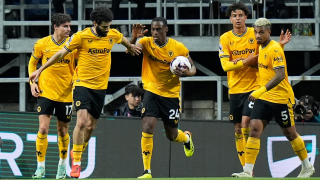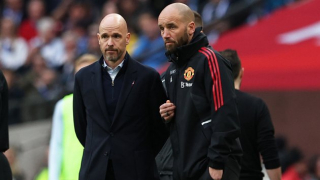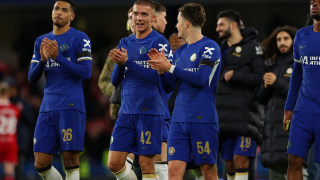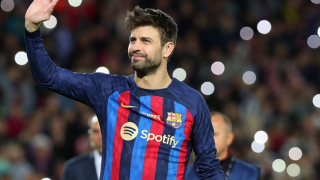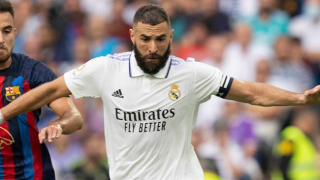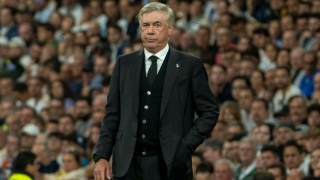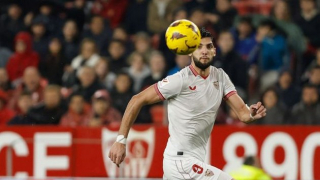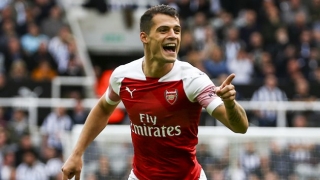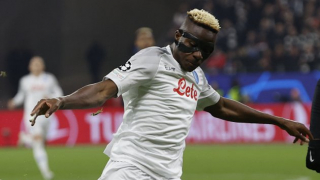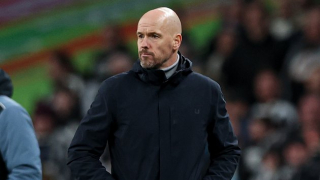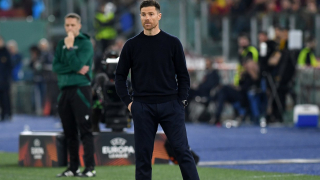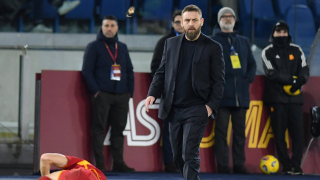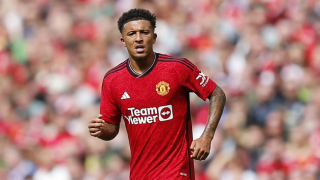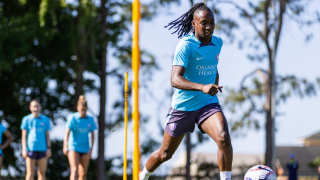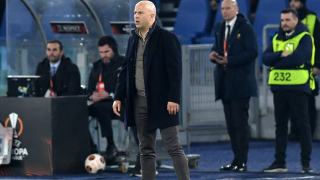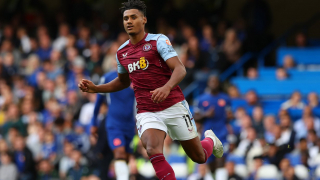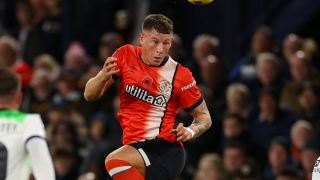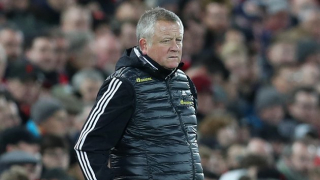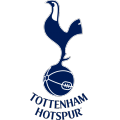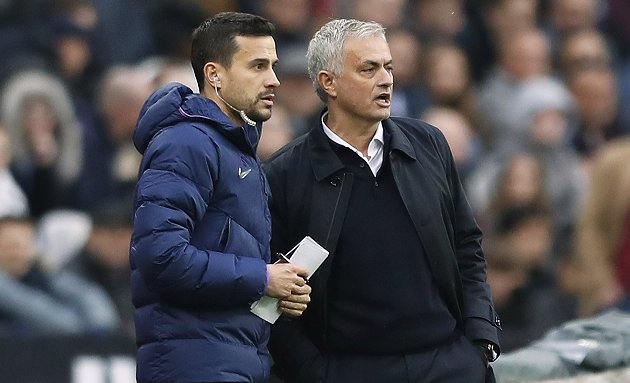Jose Mourinho's reputation was dented by his spell at Manchester United. Despite leading the club to their highest points total since Sir Alex Ferguson's retirement, as well as success in the Europa League, fans were turned off by his personality and a poor run of results towards the end of his tenure.
All of this made Tottenham Hotspur's decision to hire him as Mauricio Pochettino's successor surprising.
Spurs, under Pochettino, went from outsiders to top-four fixtures and occasional title challengers. They did this playing football most enjoyed to watch and developing young talent. Mourinho, widely regarded as a results-driven pragmatist from the previous generation, did not fit with this approach.
However, the Portuguese has engineered a revival of Tottenham's fortunes since arriving, winning four of five league games, underlining his adaptability while illustrating why – even in this day and age where talk of 'philosophies' is rife – old-fashioned results are still the key driver in football.
WHY MOURINHO AND SPURS SUIT EACH OTHER
Mourinho has stated that the main reason behind his joining Spurs was the talent in the squad. Not only do Spurs have talent, but they have players that suit his tactical preferences.
Throughout his managerial career, Mourinho has looked for balance in his full-back profiles. He has almost always used a back four, with one full-back attacking their flank and the other staying deep to offer extra defensive protection in transition.
At Chelsea he had Paulo Ferreira and converted centre-back William Gallas; in his second spell at Stamford Bridge he had Branislav Ivanovic advancing on the right while Cesar Azpilicueta was more defensive on the opposite side. He won the Champions League at Inter with the raiding Maicon and another converted centre-back, Christian Chivu, while at Real Madrid he had the conservative Alvaro Arbeloa on the right with converted wingers, Marcelo or Fabio Coentrao, on the left.
At Tottenham, Mourinho has the players to fulfil these full-back profiles. Serge Aurier has been allowed to attack on the right while the more defensive Jan Vertonghen or Ben Davies sit deeper on the left.
In the last decade, Mourinho has also preferred a 4-2-3-1 formation, with a double pivot in midfield offering balance. At Real Madrid he combined Xabi Alonso's passing skills with Sami Khedira's energy and runs; at Chelsea second time around he paired Cesc Fabregas with the physical Nemanja Matic. Now, at Spurs, he has a strong defensive midfielder in Eric Dier, a playmaker in Tanguy Ndombele and the more energetic, forward-running Moussa Sissoko to consider for the two central midfield roles.
Mourinho also likes to have balance in his attacking midfield selection, allowing more freedom for a productive wide man – think Cristiano Ronaldo at Real Madrid or Eden Hazard at Chelsea – to support the lone striker. At Spurs this player appears to be Son Heung-min, while Harry Kane has the combination of physical and technical qualities to be Mourinho's ideal number nine. Like Diego Costa, Diego Milito and Didier Drogba, he wins aerial duels, links play well and scores consistently.
A NEW ATTACKING DYNAMIC
Since arriving at Tottenham, Mourinho has implemented a new attacking dynamic. While ostensibly he lines up with a 4-2-3-1, in attack this becomes a 3-2-4-1. Aurier pushes high down the right flank, but the left-back – Davies or Vertonghen – stays in a line of three with the two centre-backs. Son then provides the attacking width on the left-hand side.
The offensive back three gives Spurs an extra man when building out, which often sees the opposition either needing to commit more numbers to pressing or sitting off and allowing Spurs comfortable possession. Additionally, the three-man line gives Spurs extra cover if they lose the ball in these situations.
Dier tends to sit centrally in front of this back three, with Ndombele, Sissoko or Harry Winks joining him in the double pivot. Their job is to move behind the first line of pressure to try and create passing lanes for the centre-backs to use. From there they must look to play forward passes to Alli, Lucas Moura or Kane between the opposition midfield and defence lines, or alternatively spread play wide.
Once in the final third, Tottenham's left side offers positional rotation between Alli, Son and Kane as they try and find a runner in behind to get a shot off. On the right there is more of a focus of using simple 1-2s between Lucas and Aurier to play the latter in behind for a low, driven cross from the by-line that Kane, Alli and Son can attack.
Often, Mourinho's Spurs have faced domestic opposition that seek to condense the space available to their double pivot, so Dier and his partner cannot get on the ball. There is then more responsibility on the centre-backs to play more directly and find the attacking trident or one of the wide men in more advanced areas of the pitch. Fortunately, the front three's movement and the wide positioning of Aurier and Son offer good options.
If the opposition midfield step up they can lose control of Kane, Lucas and Alli behind them. Alli is particularly effective at finding space in the channels between defenders to receive, turn and dribble. And even if this trio cannot be found, there is the possibility of a diagonal switch of play out to Aurier on the right or Son on the left.
Video Courtesy of Tottenham Hotspur
The objective for Spurs is to find players between the lines of the opposition defence to play through, but if they can't do that they are capable of finding space around or behind. Toby Alderweireld has an excellent passing range and, from his central defensive position, he acts as the team's quarterback.
If the opposition narrow in to take away the channels for the likes of Alli to drop into, Alderweireld can ping a pass out to Aurier. And if the opposition's back line look to push up and compact the space between the lines, Alderweireld can play long balls over the top. Kane pins centre-backs, while Alli looks to run in behind from deep and Son looks to cut in from wide and use his pace.
Under Mourinho, Tottenham have become less focused on possession as a means of control and more focused on playing forward. They are willing and able to mix things up, attacking more directly and looking to get in behind immediately if they cannot play through midfield. This can be seen in the data.
Spurs' average possession in the Premier League this season has been 53.4% – in three of Mourinho's five games their possession has been lower than their season average. They also play more long balls per minute of possession (1.1 compared to their season average of 0.9). In short, they are now less predictable when they have the ball.
QUICK TRANSITIONS AND DEFENSIVE ISSUES
Defensively, Mourinho's Spurs operate in a 4-4-2 mid-block with Alli supporting Kane in pressing from the front. Kane puts pressure on the centre-backs while Alli initially covers a deep midfielder before stepping up when the opposition are forced wide or backwards.
If the ball goes wide to a full-back, Spurs' wingers – usually Lucas and Son – will go out and apply pressure to try and force them back. This, along with Kane or Alli pressing the near centre-back and Dier or Sissoko/Ndombele stepping up to cut out the passing option inside, means Spurs' pressing is effectively man-to-man.
Mourinho may have a reputation for being pragmatic, but his Tottenham side have been surprisingly easy to cut through. Since his appointment they have conceded 12 goals in seven games in all competitions, and seven in five league outings. Their midfield can become too open – with Son looking to stay high to offer an outlet on the counter-attack, gaps can appear between midfielders. Opponents have also been able to consistently play around their 4-4-2 block, overloading the wide areas with overlapping full-backs to work crosses that Spurs continuously struggle to deal with.
Tottenham are a real counter-attacking threat with the pace of Son, Lucas and Sissoko as well as the finishing of Alli and Kane. Under Mourinho they commit players forward in these situations and look to transition quickly. However, this can in turn lead to more open games where they have less control – by constantly forgoing possession in order to play forward quickly, basketball-like matches can ensue where each team takes turns attacking against disorganised defence.
As seen above, in defensive transition Spurs' midfielders have developed a tendency to jump up and mark a man to take away passing options around the ball-player, sacrificing space through the middle of the pitch. This makes it too easy for the opposition to penetrate and get up against Tottenham defenders on the counter-attack, which is particularly problematic down the left where Vertonghen lacks the pace to defend 1v1 out wide.
STRATEGY – ON AND OFF THE PITCH
After Manchester United sacked him, Mourinho had a long time to reflect on his successes and failures before returning to management – there was almost an entire year between his departure from Manchester and his appointment by Spurs. In this period, the Portuguese did a lot to try and rejuvenate his 'brand'.
He used the media well, with his own show on RT giving him room to discuss his own thoughts on football before a move to Sky Sports allowed him to get closer to Premier League football and maintain relevance within the English game. While all of this was happening, he was also planning his return to management.
Mourinho regularly emphasised his desire to return to the dugout on television, and he spent time thinking about who his backroom staff would be going forward. Previously Rui Faria was his assistant, but at Spurs he brought in the younger, highly regarded Joao Sacramento as his No.2.
Since joining Tottenham, he has carefully sought to build a new persona. Not only has he appeared less confrontational and defensive, but he has increasingly used tactical terminology – in one of his first conferences he used the term 'positional play', a concept many associate with Pep Guardiola – which is something that influences the perception of modern fans and media.
Mourinho's strategic nature has also been seen on the pitch, where it is most important. At home to Olympiakos in a key Champions League match, Spurs found themselves 2-0 down. Their place in the competition's knockout stages was at stake, but Mourinho made a bold decision, substituting Dier after just 29 minutes and introducing Christian Eriksen.
The risk was that Spurs became more open in defensive transition; the reward was they got another creative player on the pitch to try and score goals. They ended up winning 4-2.
After the game Mourinho justified his decision well, protecting Dier while explaining his reasoning with tactical terminology. He felt at 2-0 down there was no need for two 'positional' midfielders and by replacing Dier with Eriksen he went from a 'closed triangle' to an 'open triangle' with Winks behind a duet of Alli and Eriksen.
In just his second game as manager, Mourinho showed Tottenham fans his ability to manage both the game and the media. It's the sort of savviness that could help turn the club from perennial contenders into trophy-winners.
INDIVIDUAL IMPROVEMENTS
Tottenham's results improved instantly following Mourinho's appointment, which was perhaps expected following an uncharacteristic slump. However, what is more exciting is the improvement in performances of key individuals.
Prior to Mourinho's arrival, Son had three goals and three assists in 10 league games. In the five games since, he has two goals and four assists. Alli is another to have experienced a significant upturn in form, with three goals and three assists in five league outings under Mourinho compared to just two goals and zero assists in his previous five games.
Lucas had scored just once in league action under Pochettino this term, but he has scored three in five games (only four of which he started) under Mourinho's auspices. Overlapping him on the right, Aurier has thrived in his advanced attacking role, going from someone renowned for his defensive errors to a productive attacking player with excellent crossing and forward runs.
MOURINHO VERSUS CHELSEA
This weekend, Chelsea travel to face their old manager in what promises to be an exciting game. Under Frank Lampard, they have developed into an entertaining side who attack and also leave gaps for their opposition to exploit. Their pace out wide and in transition, with the likes of Willian and Christian Pulisic at the forefront, could cause problems for Spurs, but Mourinho is likely to see this coming.
A match built on quick transitions from both teams can be expected, though with Tottenham perhaps sitting deeper and waiting for their visitors to open themselves up. Then, on the counter, Son, Alli, Lucas and Kane will look to take advantage of the gaps in midfield and on either side of Chelsea's centre-backs.

